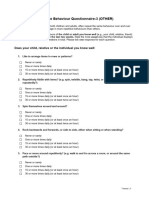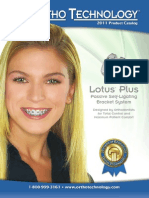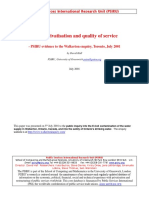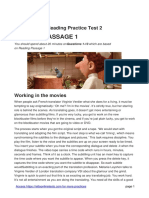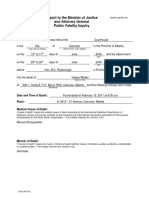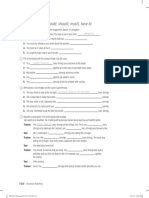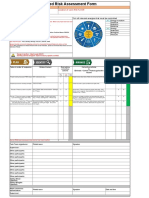0% found this document useful (0 votes)
334 views4 pagesMIGDAS-2 Process Outline and Structure
The MIGDAS-2 process outlines three core domains for assessing autism: Language and Communication, Social Relationships and Emotional Responses, and Sensory Use and Interests, each with specific sub-elements. These domains are mapped to the DSM-5 criteria for autism spectrum disorder, highlighting deficits in social communication, emotional reciprocity, and restricted interests. The approach emphasizes individualized profiles through qualitative assessments that align with observable behaviors related to the DSM-5 diagnostic requirements.
Uploaded by
paulCopyright
© © All Rights Reserved
We take content rights seriously. If you suspect this is your content, claim it here.
Available Formats
Download as PDF, TXT or read online on Scribd
0% found this document useful (0 votes)
334 views4 pagesMIGDAS-2 Process Outline and Structure
The MIGDAS-2 process outlines three core domains for assessing autism: Language and Communication, Social Relationships and Emotional Responses, and Sensory Use and Interests, each with specific sub-elements. These domains are mapped to the DSM-5 criteria for autism spectrum disorder, highlighting deficits in social communication, emotional reciprocity, and restricted interests. The approach emphasizes individualized profiles through qualitative assessments that align with observable behaviors related to the DSM-5 diagnostic requirements.
Uploaded by
paulCopyright
© © All Rights Reserved
We take content rights seriously. If you suspect this is your content, claim it here.
Available Formats
Download as PDF, TXT or read online on Scribd
/ 4





























